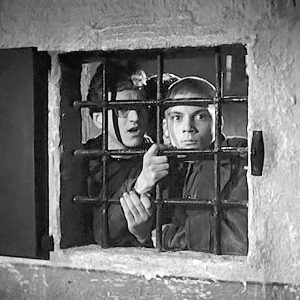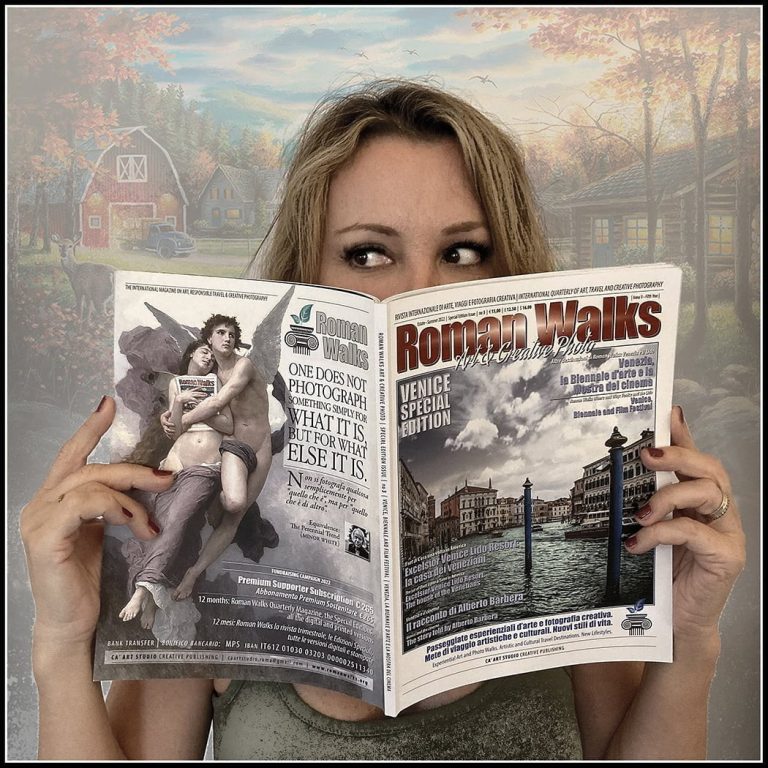In 1969, while shooting Satyricon, Federico Fellini lived in an apartment situated right inside Cinecittà Studios. This is the place where I wish to live, said the director. Among the extras in that film was Renato Fiacchini, known as Renato Zero. Fellini loved to recall his first time in Cinecittà, he was fascinated by the image of director Alessandro Blasetti: suspended in the air, on a Frau chair connected to the jib, intent on shooting with sparkling leather leggings, an Indian silk foulard around the neck, a helmet upon his head, three megaphones, four microphones, and around twenty whistles.

But where did the name Cinecittà come from? The beating heart of the Italian cinema, the name Cinecittà got the better of a selection which included also “Città del Cinema” and “Cinelandia” (“Cinema City” and “Cineland” respectively, ndt). The Studios were born over the ashes of a fire in the Cines Studios in 1935, in Via Vecchio in the Appio-Latino district. The new company was then bought by Carlo Roncorini from SAISC (Italian Cinema Establishments Limited Company), who invested in a massive piece of land of about 600,000 square meters, on the Via Tuscolana. It is January 30, 1936: the lying of the first stone. Just over a year later, in 1937, the “Dream Factory” was unveiled. Still today, in the Via Tuscolana 1055, there is the plaque for Carlo Roncoroni, the Cinecittà originator. Between 1937 and 1943, in the Roman Studios were filmed colossal movies, “white telephones” comedies, as well as political propaganda works. During the ‘50s, Italian neorealism conquered the world and several Academy Awards; the first was Shoeshine by Vittorio De Sica (1946). This is how Hollywood landed in Rome with its stars, turning Cinecittà into the “Hollywood on the Tiber”.
Nevertheless, the “cinema city” legend also experienced dark times. During the war, in 1943, the Studios underwent the razing of Quadraro district, where the Nazis set up a concentration camp, taking away as many as sixteen freight wagons full of equipment. For the Studios also came the time of becoming a refugee center until, in 1950, Cinecittà was reopened.


